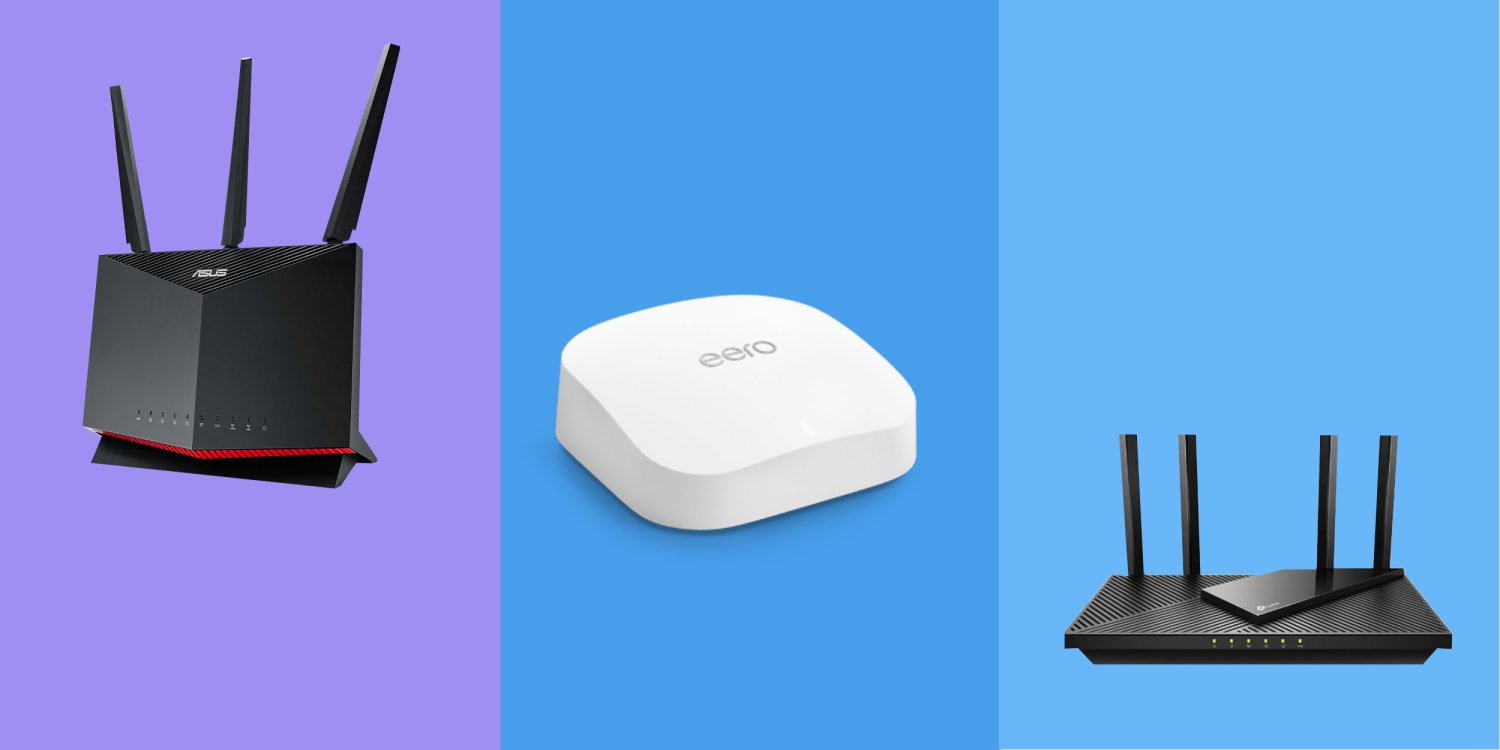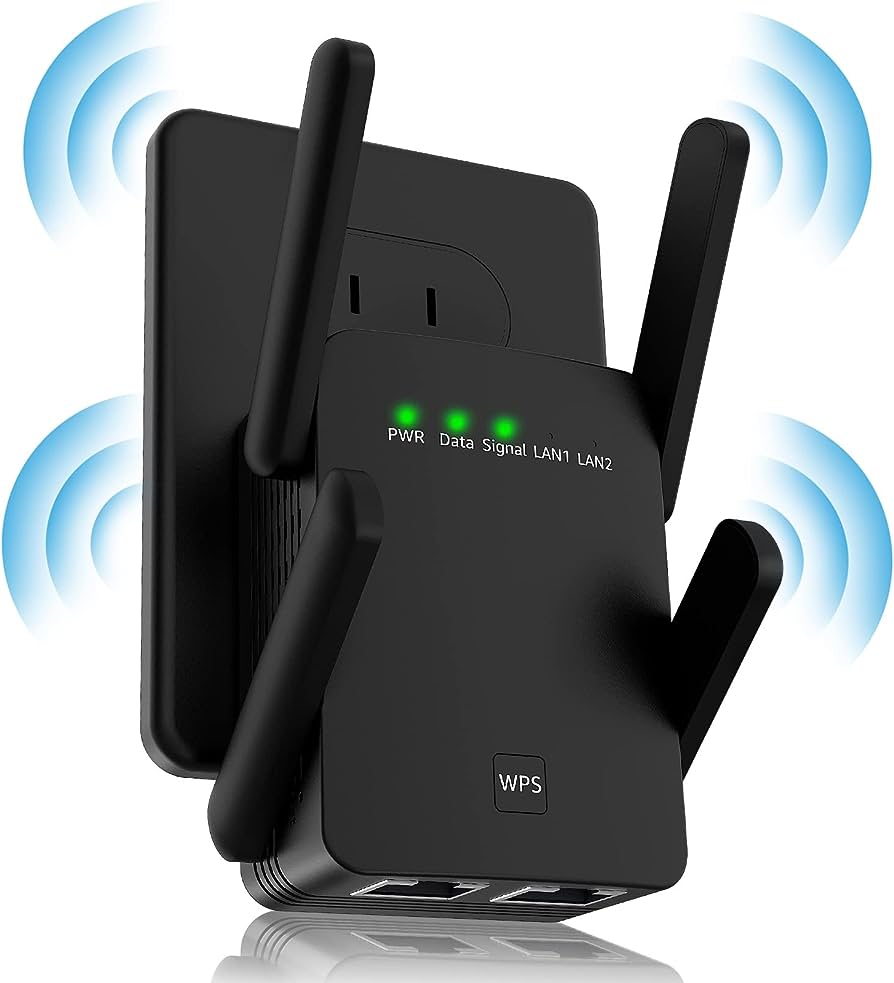Spectrum Wifi offers both 2.4 GHz and 5 GHz frequency bands for wireless connections. Spectrum Wifi provides two frequency options, 2.4 GHz and 5 GHz, for wireless connections.
These frequencies offer different advantages and considerations depending on factors such as speed, range, and interference. Understanding the differences between the two options can help users make an informed decision when setting up their wifi network. We will explore the characteristics of both 2.
4 GHz and 5 GHz frequencies and discuss the factors to consider when choosing the right frequency for your wifi network.

Credit: www.nbcnews.com
Understanding The Differences Between 2.4 Ghz And 5 Ghz Frequencies
When it comes to choosing the right frequency for your Spectrum WiFi, it’s important to understand the differences between the 2.4 GHz and 5 GHz frequencies. These two frequencies offer different advantages and disadvantages, which can have a significant impact on your internet speed and overall performance. In this article, we will explore the differences between 2.4 GHz and 5 GHz frequencies and how the choice of frequency can affect your internet speed.
What is the difference between 2.4 GHz and 5 GHz frequencies?
The 2.4 GHz and 5 GHz frequencies refer to the wireless frequency bands used by the WiFi router to transmit and receive data. The main difference between these two frequencies lies in their speed and range capabilities. The 2.4 GHz frequency offers a longer range but slower speeds, while the 5 GHz frequency provides faster speeds but has a shorter range.
Exploring the advantages and disadvantages of each frequency
Let’s take a closer look at the advantages and disadvantages of each frequency:
| 2.4 GHz Frequency | 5 GHz Frequency |
|---|---|
| Advantages: | Advantages: |
| – Longer range, making it ideal for larger homes or offices with multiple rooms. | – Faster speeds, perfect for activities that require high bandwidth such as streaming and online gaming. |
| – Better penetration through walls and obstacles. | – Less interference from other devices, since the 5 GHz frequency is less commonly used. |
| Disadvantages: | Disadvantages: |
| – Slower speeds compared to the 5 GHz frequency. | – Shorter range, which may require additional routers or range extenders for large areas. |
| – More susceptible to interference from other electronic devices such as cordless phones and microwaves. | – Limited penetration through walls and obstacles, resulting in weaker signal strength in certain areas. |
How does the choice of frequency affect your internet speed?
The choice of frequency directly impacts your internet speed and overall browsing experience. If you prioritize range and stability over speed, the 2.4 GHz frequency might be the better option for you. On the other hand, if you require faster speeds for activities like streaming or online gaming, the 5 GHz frequency is the way to go.
It’s important to note that in some cases, the 2.4 GHz frequency may experience congestion due to the number of devices using this frequency. This can lead to slower speeds and network congestion. However, by choosing the less crowded 5 GHz frequency, you can enjoy faster speeds and a more reliable connection.
In conclusion, understanding the differences between 2.4 GHz and 5 GHz frequencies is crucial in optimizing your Spectrum WiFi experience. Consider your specific needs, such as range, speed requirements, and interference levels, to choose the right frequency for your home or office.
Factors To Consider When Choosing A Frequency For Your Spectrum Wifi
Factors to Consider When Choosing a Frequency for Your Spectrum Wifi Analyzing your internet usage and devices When it comes to choosing the right frequency for your Spectrum WiFi, it’s important to analyze your internet usage and the devices you have at home. The frequency you choose can greatly impact the speed, reliability, and overall performance of your wireless connection. One of the key factors to consider is the number of devices connected to your WiFi network. If you have multiple devices that require high bandwidth, such as gaming consoles, smart TVs, or streaming devices, you may want to opt for the 5GHz frequency. This frequency provides faster speeds and is ideal for large file transfers and bandwidth-intensive activities. On the other hand, if you have devices that are not 5GHz compatible or are located far away from your router, the 2.4GHz frequency may be a better choice. The impact of interference on each frequency Another important factor to consider when choosing a frequency is the impact of interference. Both the 2.4GHz and 5GHz frequencies can be affected by various types of interference, but in different ways. The 2.4GHz frequency is more susceptible to interference from other wireless devices such as cordless phones, baby monitors, and Bluetooth devices. It is also more likely to be affected by physical obstacles like walls and floors, which can weaken the signal. On the other hand, the 5GHz frequency is less crowded and more resistant to interference from other devices. It provides better performance in environments with multiple WiFi networks or densely-populated areas where there are many wireless devices in close proximity. However, it has shorter range compared to the 2.4GHz frequency, making it less suitable for large homes or spaces where the router is located far away from the devices. Understanding the range and coverage of each frequency Lastly, you should consider the range and coverage of each frequency. The 2.4GHz frequency has a longer range and can penetrate walls and obstacles better, making it more suitable for larger homes or buildings with multiple floors. It provides a wider coverage area, allowing you to connect to your WiFi network from a greater distance. On the other hand, the 5GHz frequency has a shorter range but can provide faster speeds over shorter distances. It is ideal for small apartments or spaces where the router is located in close proximity to the devices. If you have a lot of devices in a small area, using the 5GHz frequency can help reduce wireless congestion and provide a more reliable connection. In conclusion, when choosing a frequency for your Spectrum WiFi, it’s important to analyze your internet usage, consider potential interference, and understand the range and coverage characteristics of each frequency. By choosing the right frequency for your specific needs, you can optimize your wireless network performance and enjoy a seamless internet experience.Tips For Maximizing Your Internet Speed With Spectrum Wifi
When it comes to choosing between the 2.4 GHz and 5 GHz frequency bands for your Spectrum Wifi, it’s important to understand how each option can impact your internet speed and overall performance. By making a few key adjustments and utilizing some advanced features, you can ensure that you’re getting the most out of your Spectrum Wifi connection. In this article, we’ll explore some tips for optimizing your internet speed with Spectrum Wifi.
Optimizing your router settings for the chosen frequency
One of the first steps you can take to maximize your internet speed with Spectrum Wifi is to optimize your router settings based on the chosen frequency band. If you’ve opted for the 2.4 GHz band, keep in mind that it provides a wider coverage area, but it may be susceptible to interference from other devices such as cordless phones and microwave ovens.
To mitigate interference and improve your internet speed on the 2.4 GHz band, try changing your router’s channel to one that is less crowded. You can typically access your router’s settings by typing its IP address into a browser and logging in with the provided credentials. Once you’re in, navigate to the wireless settings and select a channel with less interference. The ideal channels to use are typically 1, 6, or 11, as these are non-overlapping and tend to have less congestion.
On the other hand, if you’re using the 5 GHz band, you’ll benefit from faster speeds and less interference from other devices. However, keep in mind that the 5 GHz band has a shorter range compared to the 2.4 GHz band. To optimize your router settings for the 5 GHz band, you can ensure that your router’s security settings are set to WPA2-PSK (AES) for optimal performance.
Managing Wi-Fi channels to reduce interference
In addition to optimizing your router settings, another important step in maximizing your internet speed with Spectrum Wifi is managing Wi-Fi channels to reduce interference. Wi-Fi channels are like lanes on a highway, and if too many devices are using the same channel, it can cause congestion and slow down your internet speed.
You can use Wi-Fi analyzer tools to identify which channels are the most congested in your area. Once you’ve identified the problematic channels, you can log in to your router’s settings and manually select a less congested channel. By doing so, you’ll minimize interference and improve your internet speed.
Utilizing advanced features of the Spectrum Advanced WiFi
If you’re a Spectrum customer with access to the Advanced WiFi feature, there are additional ways to maximize your internet speed. The Spectrum Advanced WiFi offers advanced features such as device priority, which allows you to prioritize certain devices over others, ensuring that they receive the maximum available bandwidth. By assigning higher priority to devices that require fast and stable internet connections, you can optimize your internet speed and overall user experience.
Another useful feature offered by Spectrum Advanced WiFi is the ability to create guest networks. By setting up a separate guest network, you can provide internet access to your visitors without compromising the security or performance of your main network. This can help ensure that your internet speed remains fast and consistent even when multiple devices are connected.
In conclusion, by optimizing your router settings for the chosen frequency, managing Wi-Fi channels to reduce interference, and utilizing the advanced features of Spectrum Advanced WiFi, you can maximize your internet speed and enjoy a seamless online experience with Spectrum Wifi.
Frequently Asked Questions On Spectrum Wifi 2.4 Or 5
Is Spectrum 2.4 Or 5 Ghz?
Spectrum operates on both 2. 4 GHz and 5 GHz frequencies.
How Do I Connect To 2.4 Ghz Instead Of 5Ghz?
To connect to 2. 4 GHz instead of 5GHz, follow these steps on your Android device: 1. Open the Settings app. 2. Tap Connections. 3. Tap Wi-Fi. 4. Turn on the Wi-Fi switch. 5. Enter the password for the network if prompted.
By following these steps, you can connect to a 2. 4 GHz network on your Android device.
How Do I Know If My Internet Is 2.4 Spectrum?
To determine if your internet is on the 2. 4 spectrum, go to the Settings app on your Android device. Tap Connections, then Wi-Fi. Turn on the Wi-Fi switch to see available networks. If prompted, enter the network password.
What Spectrum Is 2.4 Ghz?
The 2. 4 GHz spectrum is a frequency band used for wireless communication and devices.
Conclusion
When deciding between Spectrum Wifi 2. 4 or 5, it’s important to consider your specific needs and circumstances. The 2. 4 GHz frequency provides wider coverage but slower speeds, while the 5 GHz frequency offers faster speeds but a shorter range.
Understanding these differences can help you optimize your internet experience and ensure a seamless connection. Choose the frequency that best suits your requirements and enjoy uninterrupted internet access.

